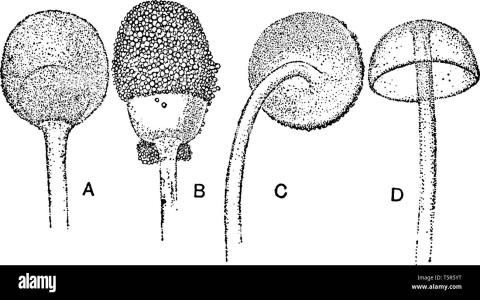Oh, if you got some old bread laying ’round, don’t just toss it away, no! You can do somethin’ real interestin’ with it—grow mold! It’s like a little science project right there in your own kitchen, and you can see how things grow up close, even if you ain’t no scientist.
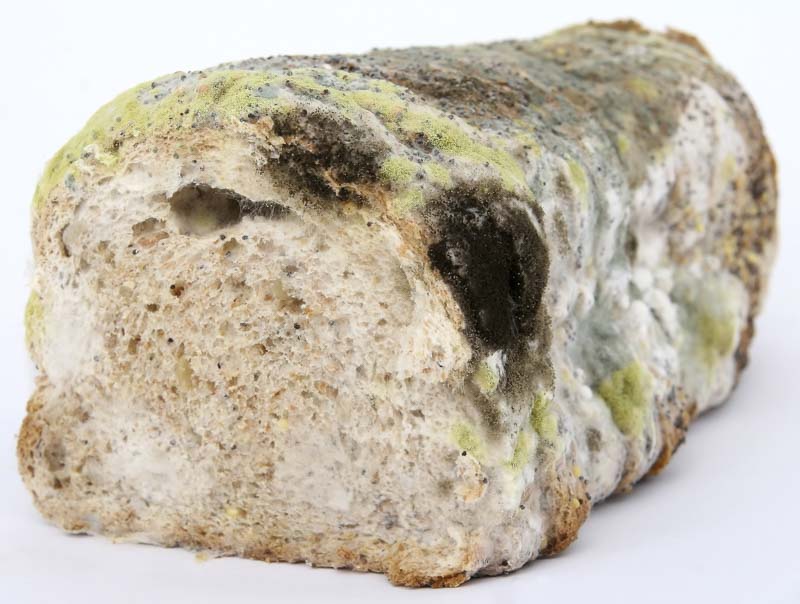
Now, this mold experiment with bread is somethin’ that ain’t too hard to do. First, you gotta know that mold is like an uninvited guest. It don’t knock, it just shows up wherever there’s a little moisture and warmth. You ever notice how bread just goes bad, real fast sometimes? That’s ‘cause of the mold that starts growin’ on it. You can’t always see it right away, but it’s there, waitin’ for the right time to take over.
What is Mold, Anyway?
Mold’s a type of fungus, and it comes in all kinds of colors—some are white, some are black, and some are green. You might’ve seen these molds on old bread or fruit sittin’ too long on the counter. They’re tiny, little spores floatin’ around, lookin’ for the right spot to land and grow. You might have heard of three main kinds of mold that grow on bread: Rhizopus, which is white, Aspergillus, which is black, and Penicillium, which is green. And trust me, they all got their preferences when it comes to what kind of bread they like!
Setting Up the Experiment
Alright, here’s how you can do this experiment yourself. You’ll need a couple of things first: a few slices of bread, maybe some plastic bags, and a place that’s warm and a little moist. I reckon you don’t want the place to be too sunny, though, cause mold likes it dark better. Also, if you want to keep track of how much mold grows in each spot, you can make a grid on some clear plastic or paper and lay it on top of your bread.
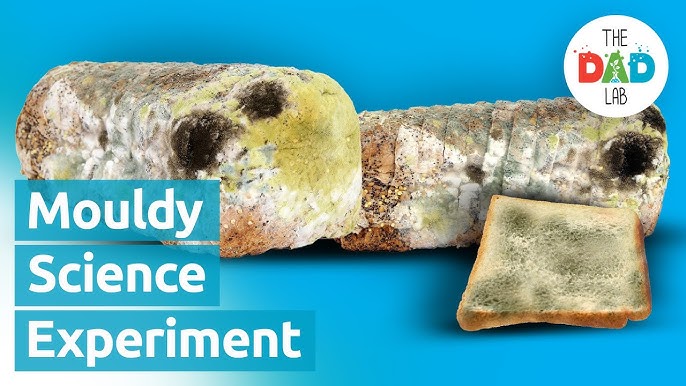
What you’re lookin’ for is how the mold starts to grow over time. Maybe you put one slice in the warmest part of your kitchen, and another in a cooler spot, like the fridge. See what happens! The bread that stays warmer is likely to mold quicker, especially if it’s got moisture in it. Bread that’s been sitting around a while in a moist spot will get moldy quicker too. Homemade bread might mold faster than store-bought, since it don’t have as many preservatives.
Why Does Mold Grow on Bread?
So, why does mold grow on bread, you ask? Well, it’s all about the moisture. Mold loves when there’s a little dampness in the air or on the surface of the bread. That’s when the mold spores settle in and start to grow, just like weeds in a garden when you don’t pull ’em out. You might not see it right away, but trust me, it’s there, working its way in.
Now, depending on the bread, the mold might grow differently. White bread’s got fewer preservatives than, say, whole grain bread, so it’ll mold faster. Organic bread will mold quicker too, ‘cause it’s got less stuff in it to keep the mold away. So, if you want to see mold grow, you can try different kinds of bread and see which one the mold likes best.
Temperature and Mold Growth
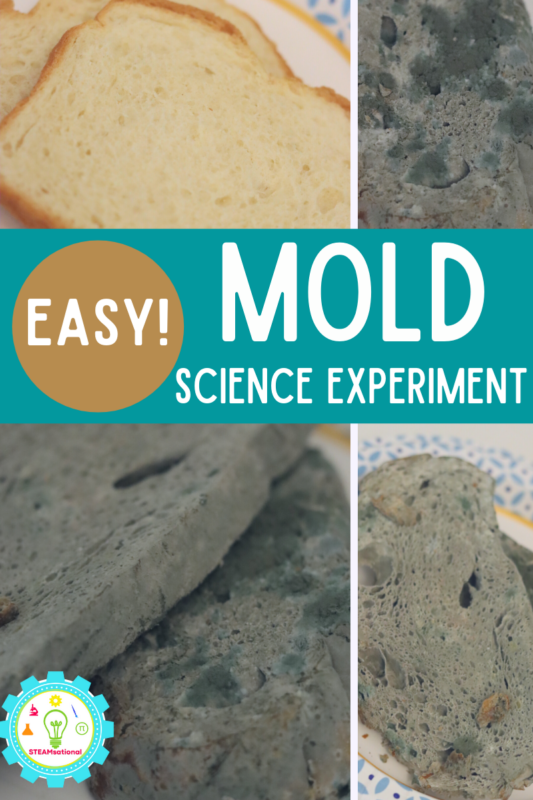
Now, let’s talk about temperature. Molds like it warm, but not too hot. If the bread gets too hot, the mold might not grow. So, you don’t want to put your bread in an oven or anything crazy like that. A warm, dark spot, like a cupboard, works just fine. And don’t forget the moisture. If the bread gets too dry, the mold won’t grow. A little dampness, though, that’s what the mold’s after!
How to Watch Mold Grow
Once your bread’s in the right place, you just gotta wait and watch. The mold will start small, but before long, you’ll see it spread. First, it’ll look like a little fuzz or powder. After a few days, it might turn into big patches, all green or black or white. It’s pretty neat, watching it grow, especially if you’re using a grid to keep track of where it’s spreadin’. You’ll see how the mold spreads faster in some spots than others, and maybe even figure out what kind of mold you got by the color!
What Can You Learn from This?
Doing this experiment can teach you a lot. For one, you’ll see how moisture and warmth affect mold growth. You’ll learn that different types of bread can grow different kinds of mold. And you might even discover why homemade bread molds faster than the stuff you buy at the store. It’s a fun way to learn about biology, even if you don’t got a fancy lab!
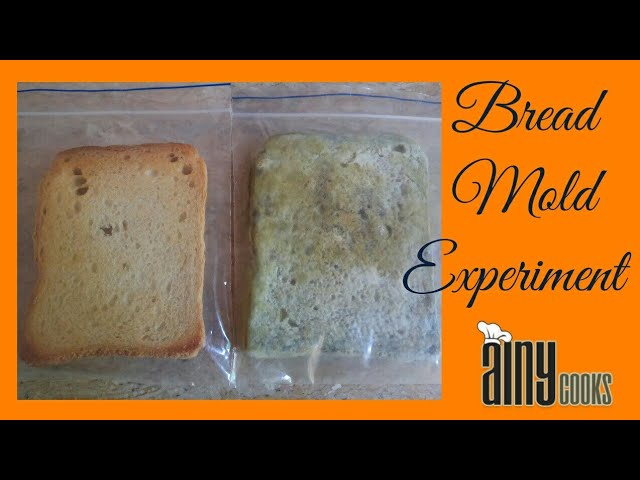
Final Thoughts
So, next time you got some bread that’s goin’ stale, don’t just toss it. Try your own little mold experiment! It’s an easy, fun way to see how nature works and learn a bit about mold and bread. Just make sure you’re careful, ‘cause some molds can make you sick if you mess with ‘em too much. But as long as you’re just watchin’ and not touchin’, it’s a safe way to get a little closer to nature.
Tags:[mold experiment, bread mold, growing mold, science experiment, biology project, moisture and mold, Penicillium, Rhizopus, Aspergillus, homemade bread mold]

